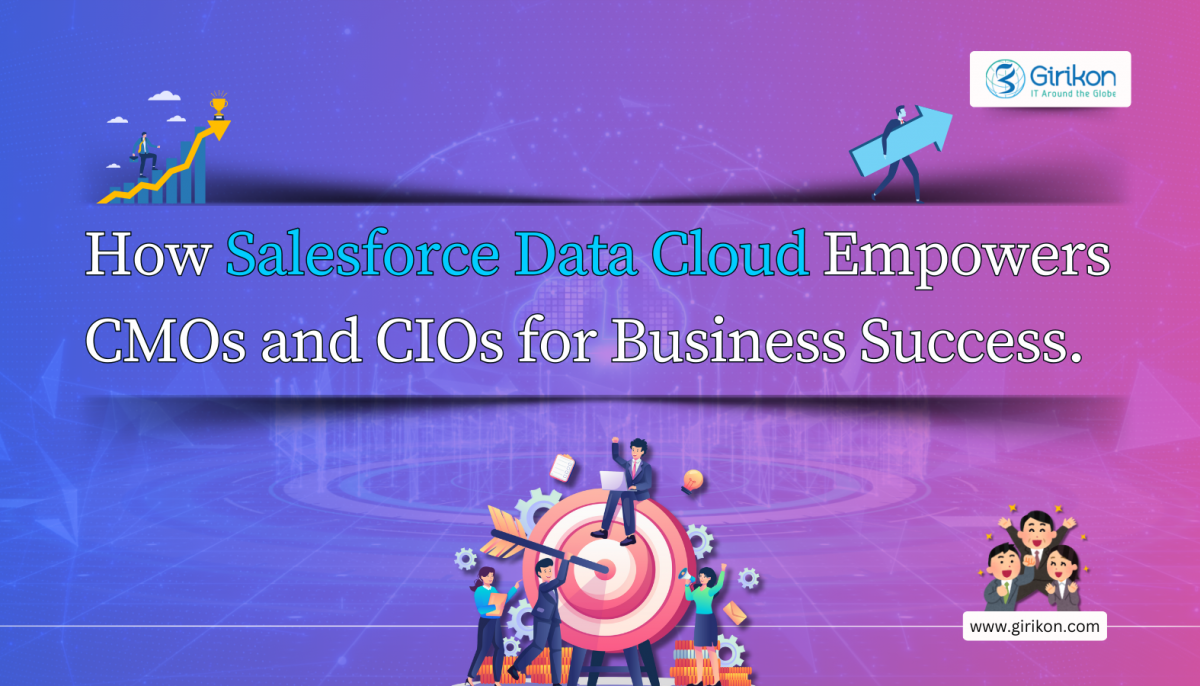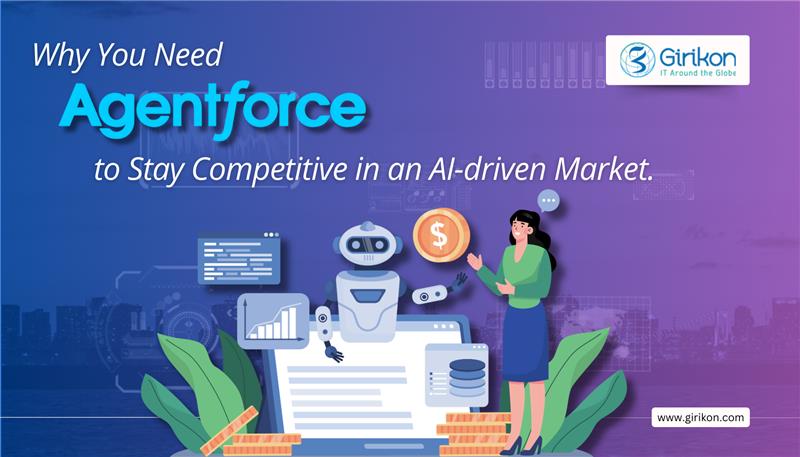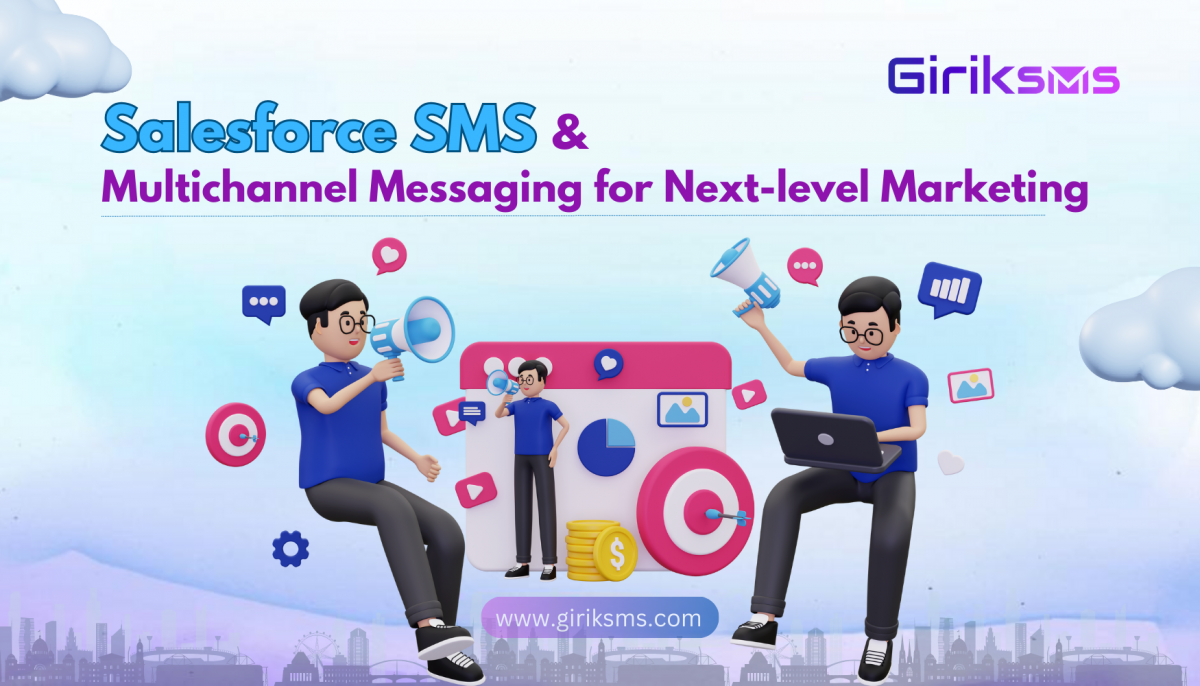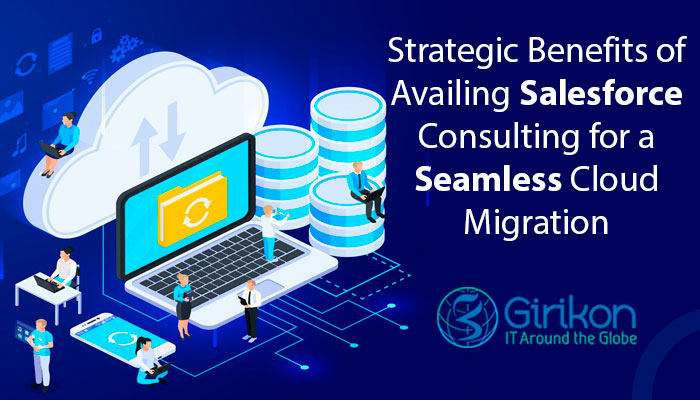Connectivity is the key in the modern world. Everyone is looking at 24*7 connectivity to achieve the highest levels in sales, marketing and services.
The Salesforce1 Customer Platform has a bouquet of new APIs, mobile tools and more to enable you to connect to all your devices and to all your customer data. It empowers and prepares you for this new word where hyper-connectivity is setting new standards of expectations among customers. The platform readies you for very personalized customer service with real-time insights into customer problems and needs.
With Salesforce1 you can get the following features :
All your sales, service, and marketing data at your finger tip
Instantly bring your customizations like workflow, permissions, and sharing settings to mobile.
All your custom objects, fields, and any app you’ve integrated or built declaratively is now mobile.
The apps you’ve downloaded from the AppExchange are now accessible from anywhere.
Global and contextual actions you’ve created for the publisher.
View all the posts and processes that need your attention in the notifications center.
Connect with other employees and collaborate on sales opportunities, service cases, campaigns, and projects.
Access everything you need from your favorite device, iOS, or Android.
With complete and open APIs, developers can build the next generation of apps today. Mobile-ready and more accessible, it’s the fastest way to connect anything to everything. And sell, service, and market on any device. Everywhere.
That’s all folks for today. That’s all for this article, in case you need Certified Salesforce Consultant then please feel free to reach out to us at sales@girikon.com
Salesforce is world’s game changing technology and CRM cloud software addresses all your customer interface concerns. It is a company specializing in software as a service.
Salesforce.com is a global cloud computing company which has also expanded into commercial applications of social networking through acquisition. Salesforce.com is generally used to refer to the CRM functionality (the sales, service and marketing applications) and Force.com is generally used to refer to the underlying platform (the database, code, and UI on which all the apps are built). i.e. Force.com is a platform where you can develop your own application.
Salesforce.com is Sales(CRM) and Service applications which were developed and running on the Force.com Platform.
Salesforce.com is SaaS(software as a service) and Force.com is Paas. Force.com is Salesforce.com’s cloud computing platform as a service (PaaS) development framework.
Salesforce.com CRM is broken down into several sections:
Sales Cloud
Service Cloud
Data Cloud
Marketing Cloud
Collaboration Cloud(including Chatter)
Analytics Cloud
And Custom Cloud (including Force.com)
Girikon provides Best Salesforce Consulting Services.
Cheers!
Pramod
If you ask, ‘What is Window Azure? ’ the answer is:-
Window Azure is an open and flexible cloud platform for building, deploying, and managing applications and workloads hosted on a global network of Microsoft managed data centers. Windows Azure is a foundation for running applications and storing data in the cloud . Microsoft Data centers are used to store data.
To support cloud applications and data, Windows Azure has five components, those components are:
Compute: Runs applications in the cloud. These applications largely see a Windows Server environment, although the Windows Azure programming model isn’t exactly the same as the on-premises Windows Server model.
Storage: Stores binary and structured data in the cloud.
Fabric Controller: Deploys, Manages, and Monitors applications. The fabric controller also handles updates to system software throughout the platform.
Content Delivery Network (CDN): Speeds up global access to binary data in Windows Azure storage by maintaining cached copies of that data around the world.
Connect: Allows creating IP-level connections between on-premises computers and Windows Azure applications.
Window azure based on cloud service models, those models are- SaaS, PaaS and IaaS.
Software as a Service: Software as a Service (SaaS) vendors help in building custom applications to provide Solutions tailored to specific needs by developing services that are hosted in the cloud and can be consumed by the end users.
Platform as a Service: Platform as a Service (PaaS) vendors provide end-to-end cloud computing platform with capabilities for application design, development, testing, deployment and hosting.
Infrastructure as a Service: Infrastructure as a Service (IaaS) vendors provide virtualized computing and storage resources in the cloud as a service.
In the current version of Windows Azure, developers can choose from three kinds of roles:-
Web Role: The web role is just like a normal web server. It runs IIS7 and allows you to host up to five HTTP/S ports. You can host several web applications with the same role using host headers.
Worker Role: Worker roles, designed to run a variety of Windows-based code. The biggest difference between a Web role and a Worker role is that Worker roles don’t have IIS configured inside them, and so the code they run isn’t hosted by IIS .Worker roles are commonly used for back-end processes and for hosting many web services.
VM Role: The VM Role is differs from the web and worker role. The VM role is any server image that you create & upload and further can be customized as per your needs. It must run Windows Server 2008 R2.
Why Window azure important?
The Azure Services Platform (Azure) is an internet-scale cloud services platform hosted in Microsoft data centers, which provides an operating system and a set of developer services that can be used individually or together.
Azure’s flexible and interoperable platform can be used to build new applications to run from the cloud or enhance existing applications with cloud-based capabilities.
Its open architecture gives developers the choice to build web applications, applications running on connected devices, PCs, servers, or hybrid solutions offering the best of online and on-premises.
Azure simplifies maintaining and operating applications by providing on-demand compute and storage to host, scale, and manage web and connected applications.
Infrastructure management is automated with a platform that is designed for high availability and dynamic scaling to match usage needs with the option of a pay-as-you-go pricing model.
How to use Window Azure?
Five step to create Window azure application:-
Installation of Windows Azure SDK
Developing First Windows Azure Web Application
Deploying application locally in Development Storage Fabric
Registration for free Windows Azure Trial
Deployment of the Application in Microsoft Data Center
Hurrey!!
Ashutosh

 +1-480-382-1320
+1-480-382-1320 +44-7428758945
+44-7428758945 +61-1300-332-888
+61-1300-332-888 +91 9811400594
+91 9811400594


















